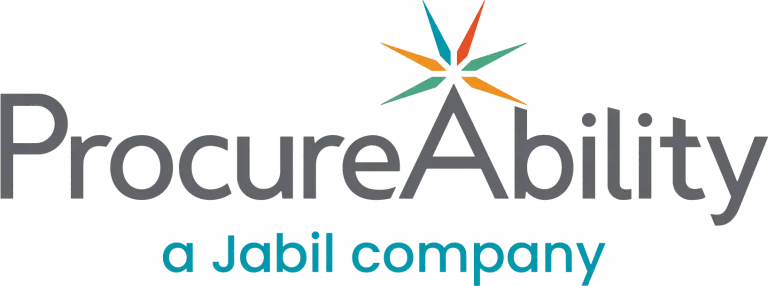
In today’s volatile and complex procurement environment, vendor relationship management (VRM) drives strategy rather than simply supporting it. Indeed, high-performing procurement teams rely on VRM as the backbone of their supplier engagement strategy. Moreover, when teams execute VRM effectively, they transform supplier interactions from one-off transactions into long-term, value-driven partnerships, thereby unlocking joint opportunities for innovation, resilience, and sustainable growth across the supply chain.
What is Vendor Relationship Management?
Vendor relationship management refers to the structured approach procurement teams use to govern, optimize, and strengthen supplier relationships. In particular, effective VRM is a core part of modern supplier relationship management (SRM) and aligns with broader procurement strategy initiatives. Although contracts and transactions remain important, strong VRM focuses on building collaboration, trust, and long-term value.
Furthermore, digital tools, real-time data, and proactive governance models empower modern VRM. Whether sourcing goods or managing complex service providers, procurement leaders must:
- Communicate clearly
- Align strategies
- Track performance transparently
- Integrate tools and systems
Collectively, these actions ensure suppliers deliver results and co-create value with your business.
Why Vendor Relationship Management Matters
Gone are the days when procurement relied on adversarial negotiation and cost-cutting. Instead, today’s procurement leaders cultivate supplier partnerships that drive innovation, agility, and shared success.
Specifically, strong vendor relationships boost supplier performance and service levels, accelerate issue resolution, mitigate risks, foster collaboration on sustainability, innovation, and localization initiatives, and lower total cost of ownership through continuous improvement. In essence, VRM shifts procurement from “managing vendors” to orchestrating strategic alliances.
4 Pillars of Effective Vendor Relationship Management
1. Communication: Ongoing, structured, and clear communication is the foundation of every high-performing supplier relationship. For example, strong vendor relationships are built on regular business reviews, personal rapport and relationship continuity as well as escalation paths and resolution protocols. Consequently, this proactive communication underpins supplier performance management and ensures alignment across teams. Procurement teams should lead the way in establishing this cadence.
2. Collaboration: Collaboration means sharing information, insights, and expectations openly. This might include:
- Joint planning and forecasting
- Systems integration for better visibility
- Aligned KPIs and performance targets
Ultimately, the more transparent and aligned both sides are, the more efficient and innovative the outcomes.
3. Technology: Vendor relationship management software and digital platforms enhance consistency, visibility, and responsiveness across the procurement lifecycle. By using these tools, teams can manage day-to-day transactions, track performance metrics, automate communication workflows, and support supplier scorecards and reporting. Therefore, integrated tech is essential to scalable, data-driven VRM programs.
4. Strategic Planning & KPI Tracking: To turn supplier management into a strategic lever, you need a roadmap. This involves:
- Defining shared goals and priorities
- Establishing clear Key Performance Indicators (KPIs)
- Using metrics to evaluate vendor performance over time
- Creating a structure for continuous improvement
In other words, this isn’t just measurement for the sake of oversight; it’s the foundation for growing together.
Relationships Drive Results
Ultimately, procurement teams that invest in strong vendor relationship management practices are better positioned to unlock value that goes far beyond cost savings. Whether you’re managing a critical direct materials supplier or a niche service provider, the principles of VRM can elevate your operations, reduce risk, and enable innovation.



